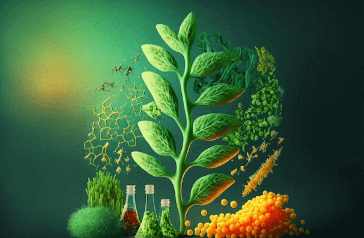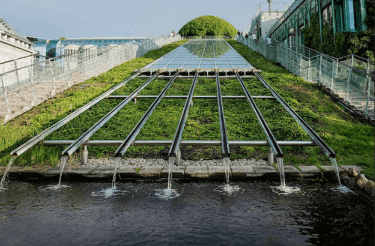Question
a.
Aspergillus fumigatus
b.
Saccharomyces cerevisiae
c.
Escherichia coli
d.
Aspergillus niger
Posted under Biochemical Engineering
Interact with the Community - Share Your Thoughts
Uncertain About the Answer? Seek Clarification Here.
Understand the Explanation? Include it Here.
Q. Which of the following would not be subjected to the "glucose effect"?
Similar Questions
Explore Relevant Multiple Choice Questions (MCQs)
Q. Immobilized cell reactors for wastewater treatment have the advantage of having/being
View solution
Q. Yield coefficient represents
View solution
Q. The lowest biomass yield in a culture of Escherichia coli will be in
View solution
Q. When two populations compete for a single growth limiting substrate in a continuous fermenter, which organism would not be washed out?
View solution
Q. The continuous cultures are not widely used in industry because
View solution
Q. The lowest yield of ATP /is in
View solution
Q. A chemostat has a liquid volume of 2 litres and is being fed at a rate of 4 litres per hour. Dilution rate for this reactor will be
View solution
Q. Mixing per unit volume is observed to be poorest in
View solution
Q. The growth of an organism on glucose is described by the following Monod model parameters: μm = 0.5 h¹ and Ks =0.1 g.l¹, if the concentration of glucose in the feed is 10 g.l¹ and the dilution rate is set to 0.4 h¹, then the steady state concentration of glucose in the effluent will be
View solution
Q. A continuous reactor at steady state contains 0.04 g.l¹ of biomass and 0.02 g.l¹ of phenol. The feed contained 0.1 g.l¹ of phenol. The biomass yield would be
View solution
Q. A culture system with constant environmental conditions maintained through continual provision of nutrient and removal of wastes is called __________ culture system.
View solution
Q. Unsteady state mass balance for dynamic model of continuous stirred tank reactor (CSTR) is
View solution
Q. A fed-batch reactor initially contains 2 litre of medium. If it was fed at 1 litre per hour, then after 10 hours, the volume of the reactor will be
View solution
Q. A Bacillus sp. produces an antibiotic only during the stationary phase when grown in a batch culture. If grown in a 5 litre continuous culture, the steady state productivity of the antibiotic
View solution
Q. In a fluidized bed reactor, the function of the disengagement zone is to
View solution
Q. Saccharomyces cerevisiae produces high biomass yields at low glucose concentrations and high dissolved oxygen concentrations. Which of the following should be followed for maximizing its biomass productivity?
View solution
Q. Production of organic acids in batch culture is generally growth associated phase followed by non-growth associated production. The probable reason for this is that
View solution
Q. The concentration of biomass in a continuous stirred tank reactor is 20 g dry weight per litre. What would be the concentration of biomass in the effluent?
View solution
Q. The ideal tubular-flow fermenter without radial variations is called a
View solution
Q. Pseudo-steady state in a continuous reactor refers to a reactor in which
View solution
Recommended Subjects
Are you eager to expand your knowledge beyond Biochemical Engineering? We've handpicked a range of related categories that you might find intriguing.
Click on the categories below to discover a wealth of MCQs and enrich your understanding of various subjects. Happy exploring!








